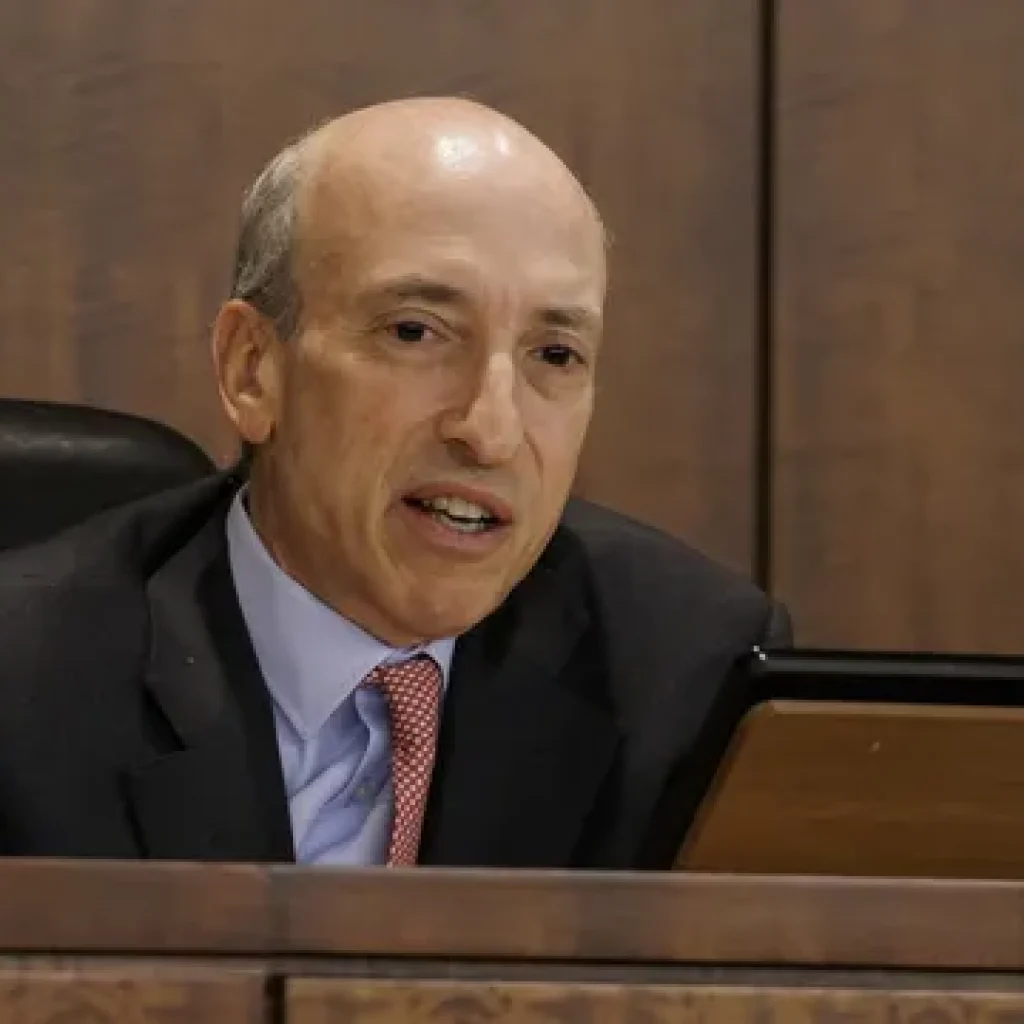In a bid to establish New York as a global leader in AI innovation, Governor Kathy Hochul recently unveiled her ambitious plan to create an artificial intelligence computing center known as “Empire AI.” The initiative, which boasts a public-private partnership involving prominent universities and investors, aims to harness the power of AI to drive economic growth and technological advancement. However, as the state grapples with its past high-tech initiatives marred by scandal and inefficiency, questions loom about this new venture’s feasibility and potential pitfalls.
Mixed reactions to “Empire AI”
Governor Hochul’s vision for Empire AI involves forming a consortium of universities, including Columbia, Cornell, NYU, Rensselaer Polytechnic Institute, SUNY, CUNY, and nonprofits, entrepreneurs, and investors. The goal is to establish an AI research and computing center that could potentially be situated in Buffalo. The governor has pledged $275 million in state funds, supplemented by an additional $125 million from private partners.
While the proposal has garnered attention and support, skepticism abounds regarding the state’s ability to compete with tech giants like Alphabet, Microsoft, and Amazon. These industry titans are already heavily investing in AI and cloud-computing capacity, raising questions about whether Empire AI can truly establish New York as a global AI leader.
A track record of tech ambitions
New York’s history with high-tech initiatives has not always been a success story. Former Governor Andrew Cuomo’s ventures into nanotechnology, microchips, and green technology, all funded by the state, failed to yield the expected results. These “innovation hubs” were intended to boost the economy, create jobs, and attract startups but became mired in bid-rigging scandals and misallocated investments.
One notable example is the billion-dollar investment in a solar panel plant in Buffalo in partnership with Elon Musk’s company. The state’s factory, now called a Tesla “Gigafactory,” never met its promises. Much of the manufacturing equipment funded by the state ended up being sold at a discount or scrapped. Today, the facility primarily houses data-related operations, with Tesla leasing the property for a nominal fee.
The complexity of public-private partnerships
While public-private partnerships can be effective in certain contexts, questions arise about the government’s role in ventures beyond its core competency. As demonstrated by the failures of past high-tech initiatives, government intervention in technology sectors can lead to inefficiencies, misallocation of resources, and wasted taxpayer dollars.
Notably, successful collaboration between government and the private sector, such as NASA’s partnership with SpaceX for astronaut launches or Operation Warp Speed’s rapid vaccine development efforts, are the exception rather than the rule. These examples highlight the importance of carefully assessing the state’s ability to oversee and execute complex high-tech projects.
While Governor Hochul’s “Empire AI” initiative may promise to advance AI research and innovation in New York, it faces significant challenges. Competing with industry giants, ensuring responsible innovation, and avoiding the pitfalls of past tech ventures will require meticulous planning, expert guidance, and effective governance.
New York’s history with technology-driven economic initiatives underscores the need for caution and a thorough assessment of the state’s capabilities. Taxpayers have reason to be vigilant, as the success of Empire AI will ultimately be measured by its ability to deliver on its promises and avoid repeating past mistakes.





